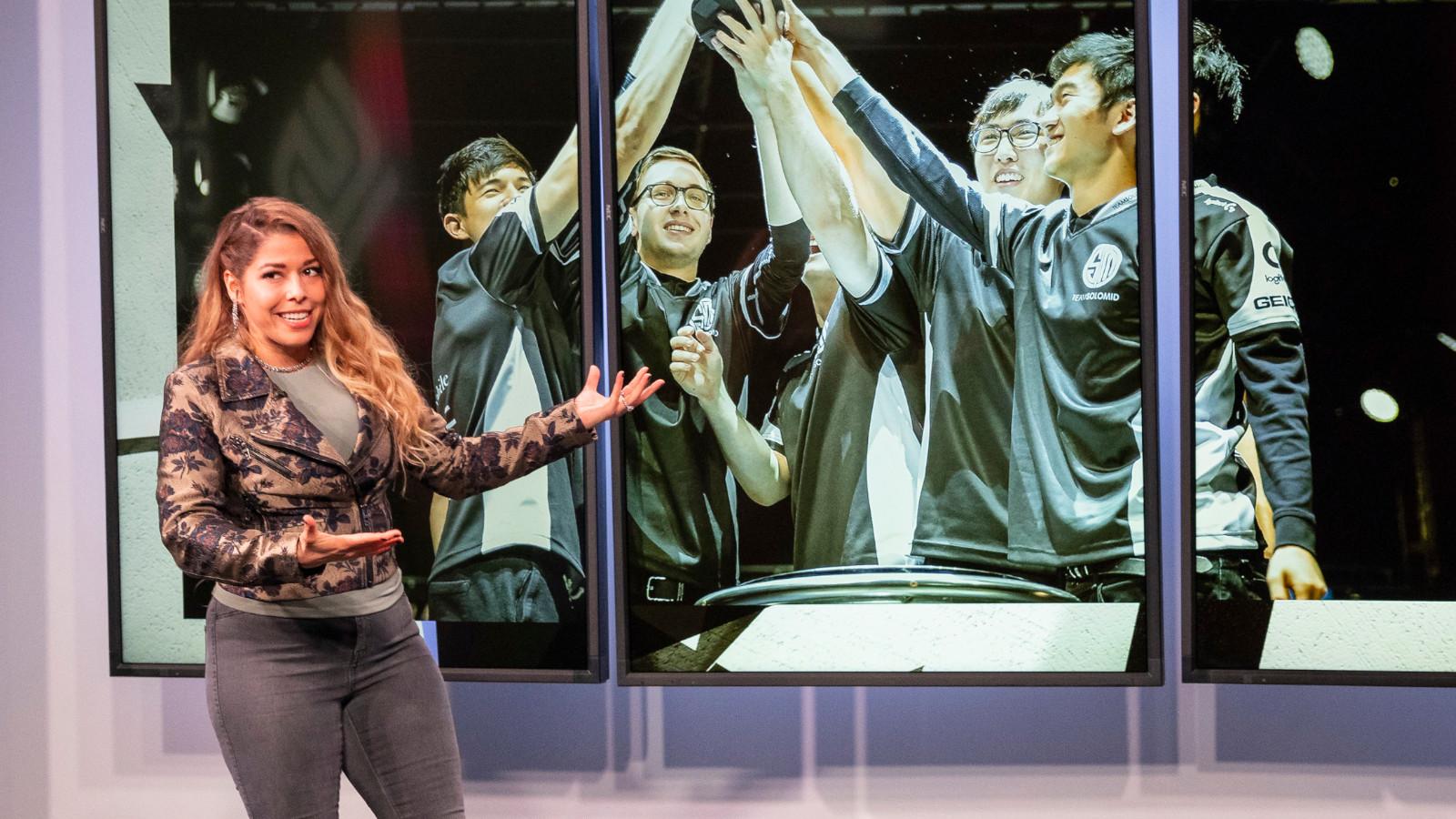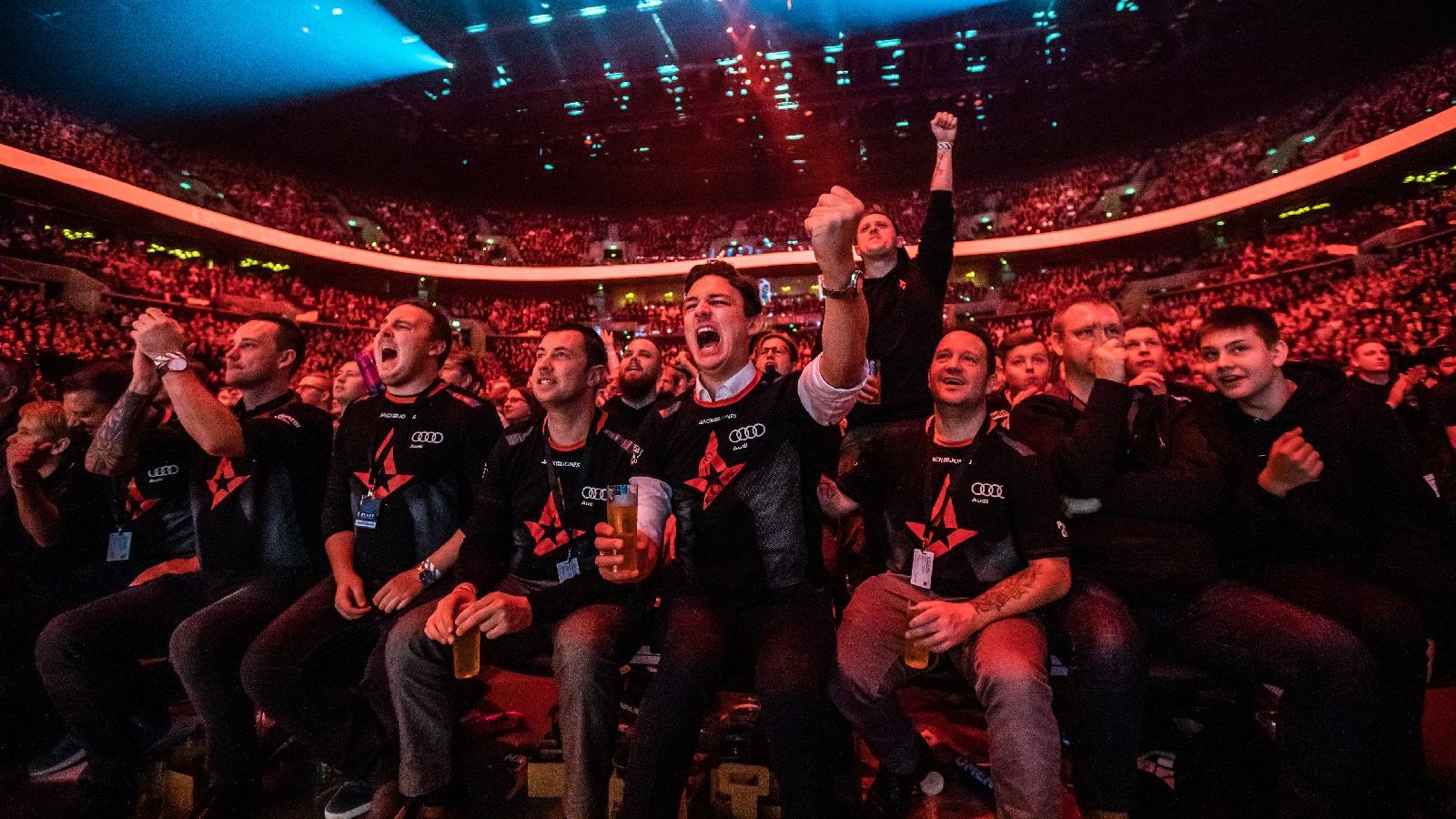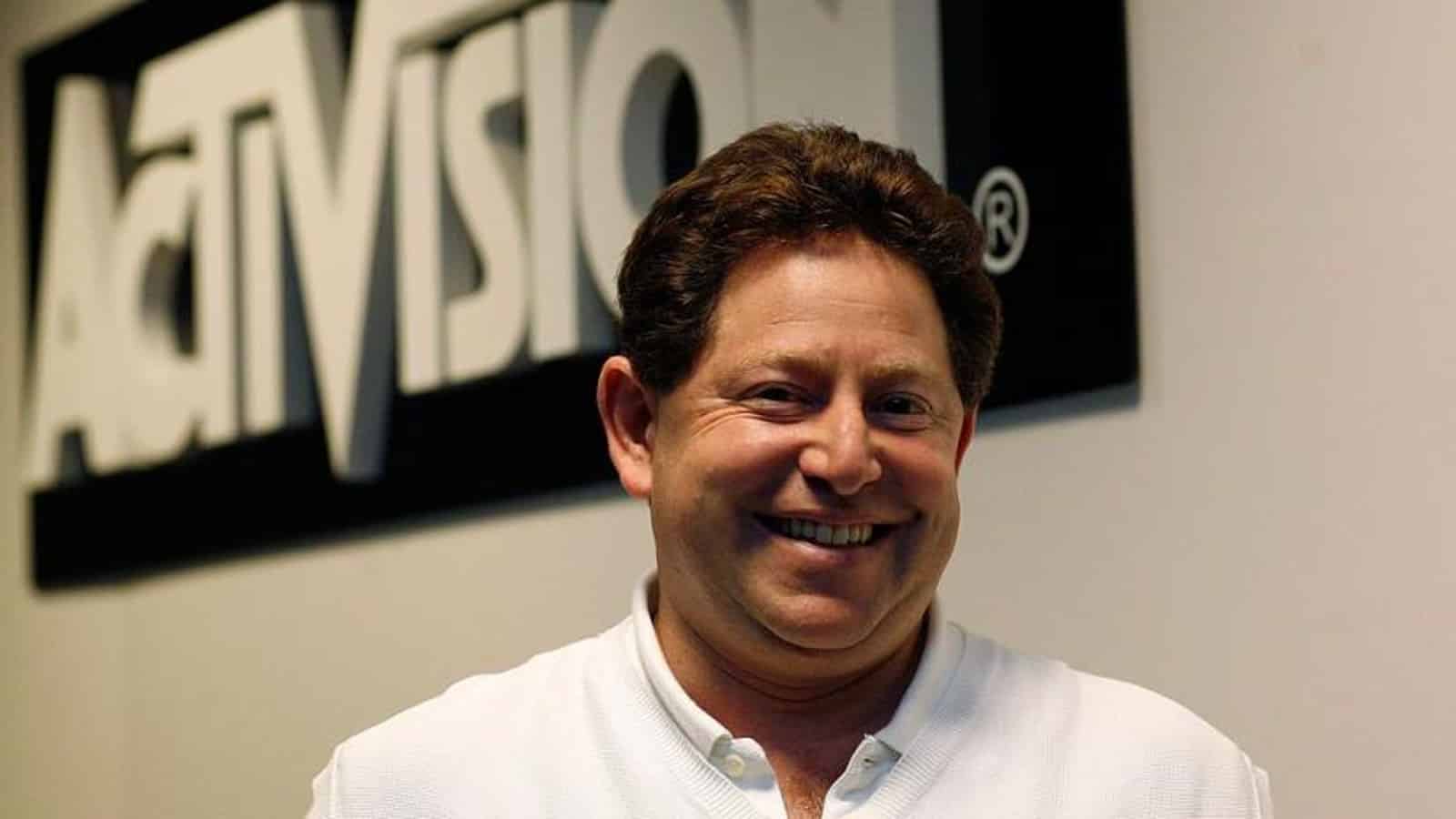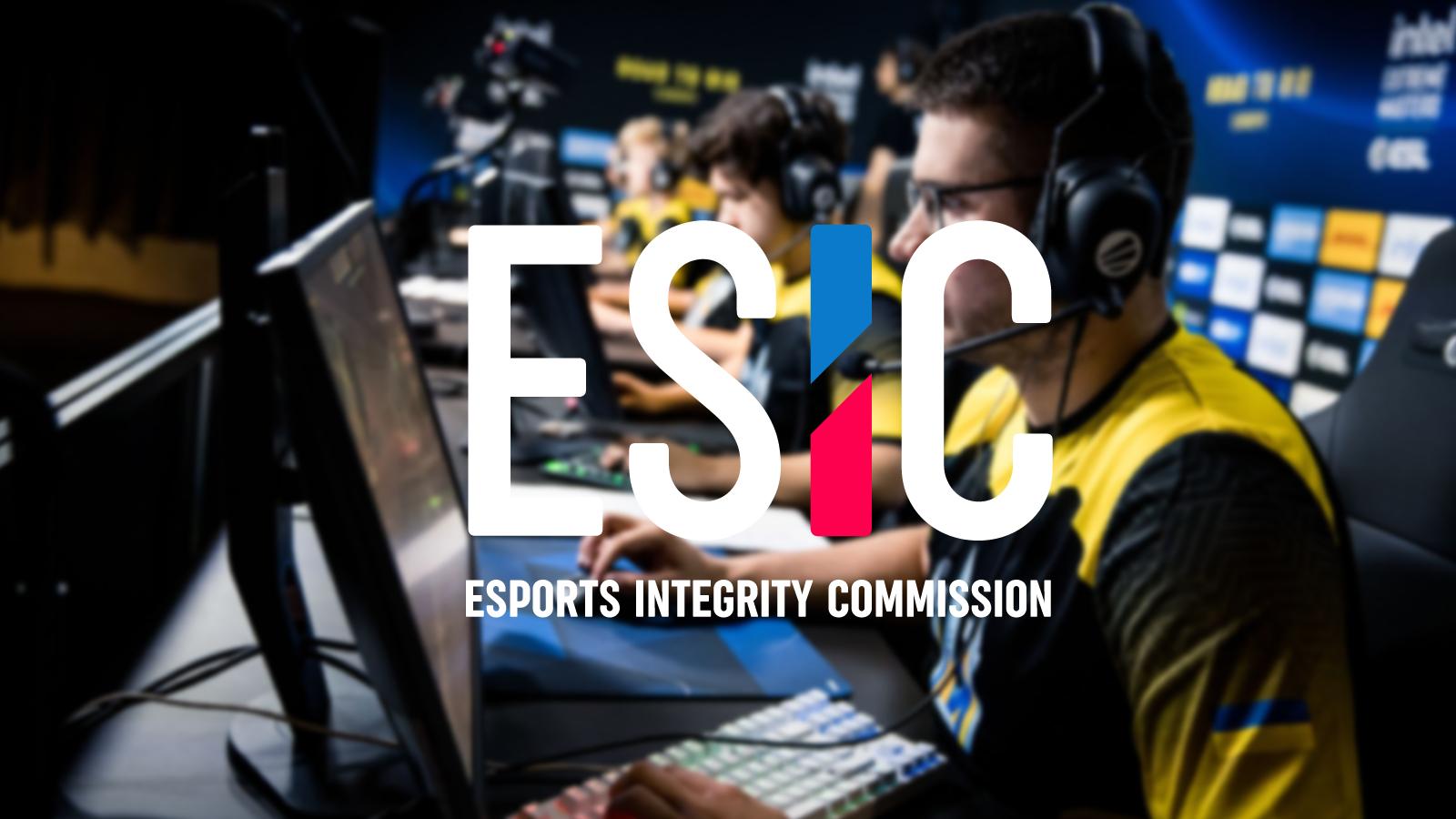Richard Lewis: CS:GO Exclusivity Wars: End Game
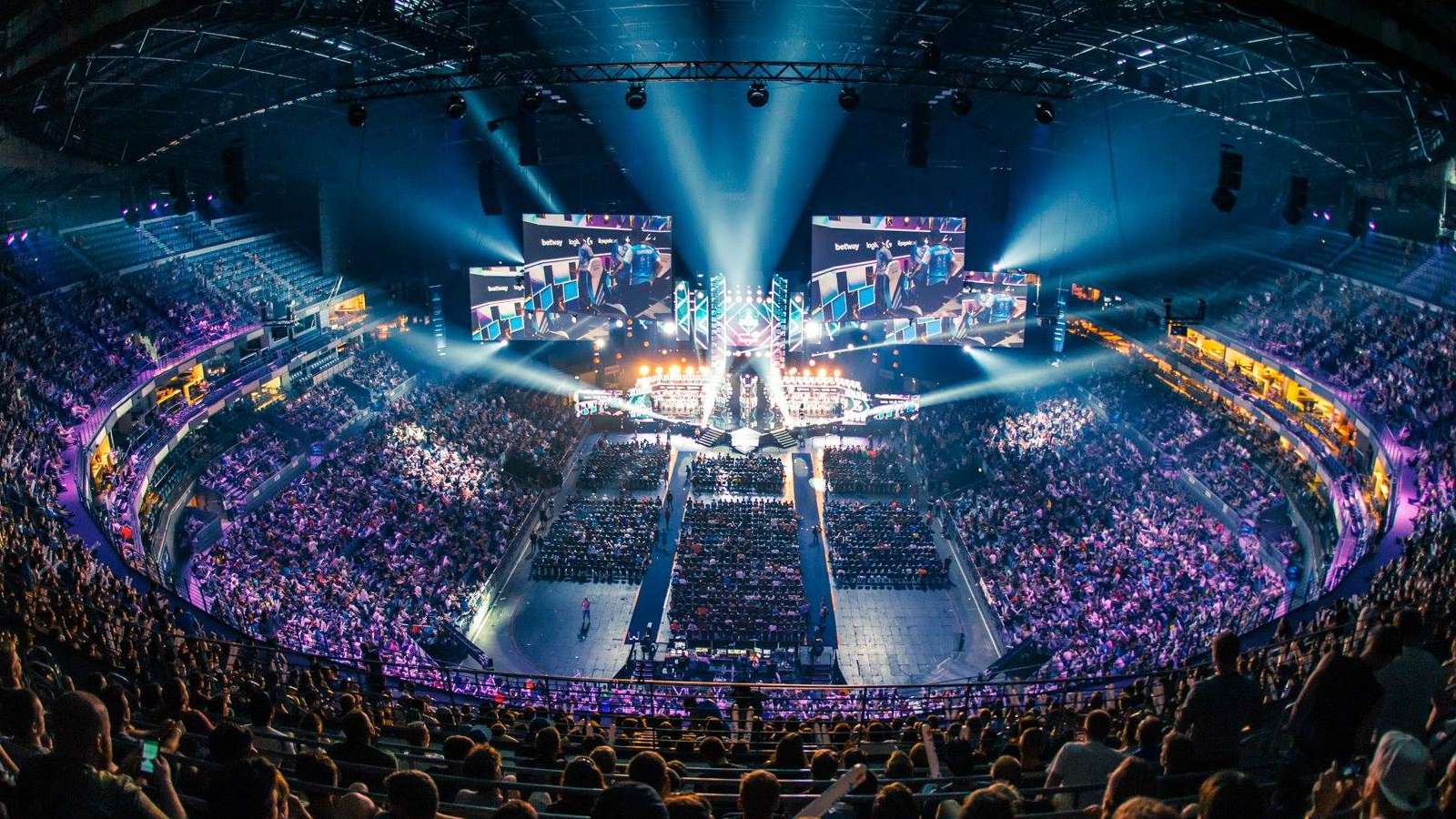 ESL
ESLIf you’re a fan of CS:GO, 2020 is the year that we finally went ahead and committed to some form of “exclusivity” in our leagues, the bread and butter of the competitive year.
The views expressed in this opinion piece are those of the author and are not necessarily shared by Dexerto.
For years I had tried to keep the wolf from the gate. I exposed the ESL & Friends attempt to create one in 2015, held in the Twitch offices while Valve employees were on their annual holiday in Hawaii, and there was much rejoicing. In 2016 I railed against ESL’s attempt of exclusivity via way of association, WESA, and collectively we laughed it out the room for it being the old boys club it transparently was.
In 2017 the cabal of American esports owners and investors retaliated with the Professional Esports Association (PEA), a plan that could have worked had the proposed exclusivity not been rejected by the players. I was on the frontlines of that battle too, with many other Counter-Strike old-timers, and the fallout led to the PEA going dormant, a mortal blow dealt to esports vampire Jason Katz and the creations of the closest thing esports has had to a legitimate player union, the CSPPA.
 PEA
PEAFor a while, the battles for exclusivity abated and we were left with a cold war, eighteen months or so of clandestine operations where esports operators tried to mess each other over. Refusal to cooperate on calendars, laying events over one another or so close as to be impractical for participating teams to attend both was a common one. Leagues placing match dates on the same day, forcing some teams into tedious forfeits for no real reason.
RFRSH kicked the cycle off again, the same old methods given a fresh coat of paint and trotted out by the scheming Nikolaj Nyholm. Direct attempts to own and control as many top teams as possible under the guise of “media rights” were exposed and thwarted. Then The Blast Tour, their international event series, had participating teams sign up to their events with an understanding you must participate in 5 out of season. Aggressive elbows thrown when it came to dates and travel meant teams did have to choose between meeting their commitments and attending the “fast food” Blast tournaments, best of ones and meaningless format, or missing out on more meaningful tournaments. The icing on the cake was Nyholm leveraging the status of the number one team in the world, Astralis, which RFRSH also happened to own, to prioritise attending Blast competitions over that of their business rivals. Because only in esports can conflicts of interest like this occur and the community reaction is a jaw-breaking yawn.
The Blast is now separated from the machinations of Nyholm and have proven themselves immediately better for it, but those attempts seemed to spark an uneasy nervousness among the long-standing stakeholders in the Counter-Strike scene. After all, if a newcomer with nothing much but VC money and a well-pressed suit could come in and exert this type of influence, what would happen if someone more ruthless decided to try and implement the same plans to control the scene. And so it came to pass that in 2019 exclusivity was very much back on the agenda.
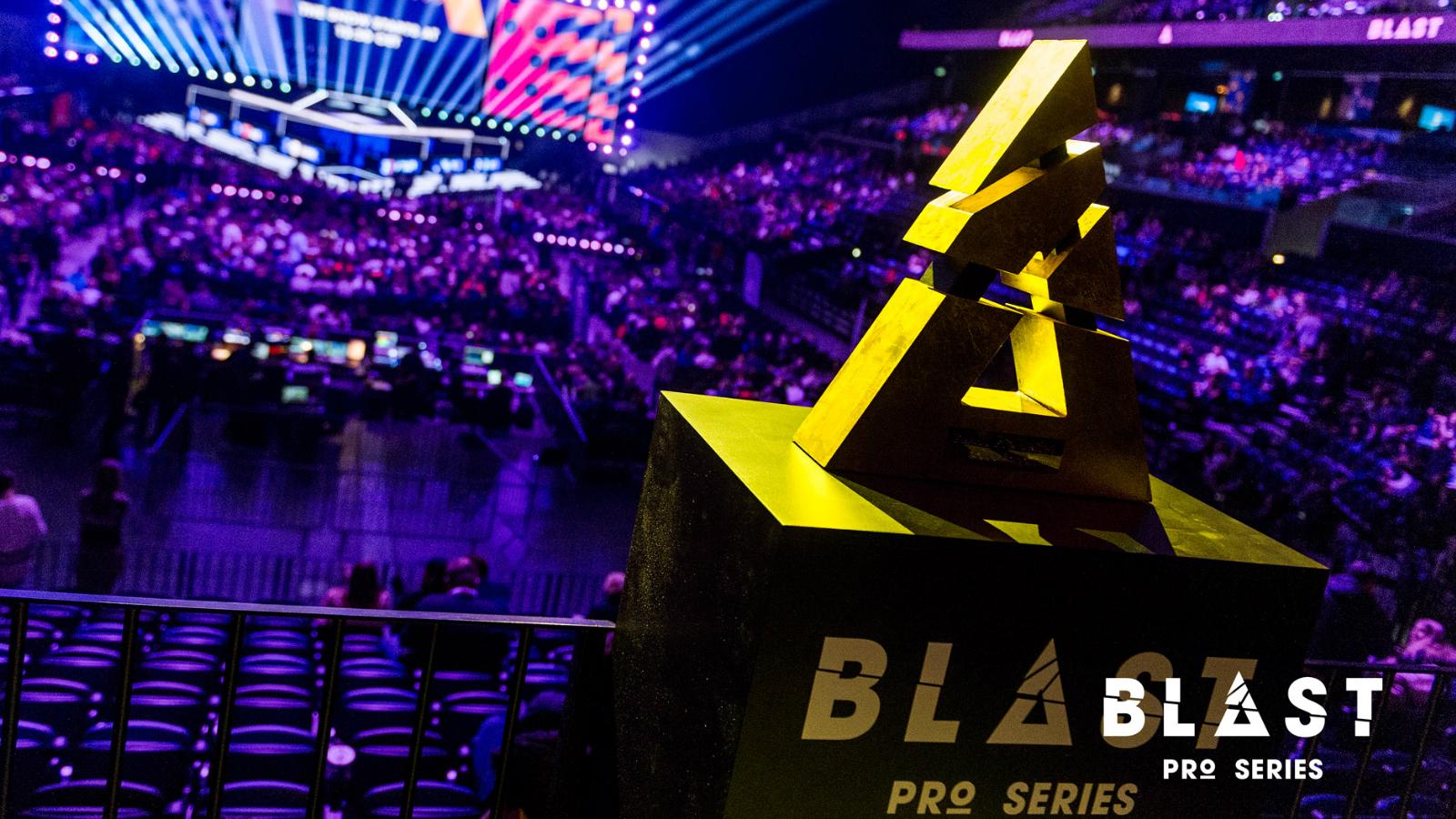
ESL were the first to be rumbled, their LANXESS agreement originally stating that teams would have to commit to only competing in their league. When this was invariably leaked it prompted Valve to arise from their slumber and issue a very clear statement on the matter. In a blog called “Keeping Things Competitive”, they addressed exclusivity publicly for the first time. “Recently there have been steps toward a broad form of exclusivity where teams who compete in a particular event are restricted from attending another operator’s events,” they said. “This form of team exclusivity is an experiment that could cause long-term damage. In addition to preventing other operators from competing, exclusivity prevents other events from keeping the CSGO ecosystem functioning if an individual event fails. At this time we are not interested in providing licenses for events that restrict participating teams from attending other events.”
This clear stance meant that the terms had to be less explicit or the league couldn’t happen at all. Of course, there is nothing Valve can do about a secret handshake and a wink, an agreement between parties to simply not attend competitors leagues for fistfuls of cash. This is functionally the same as if it were contractually mandated but would require an unreasonable overreach by Valve to be addressed. And yet, we can see now that from the creation of this new definitely-not-exclusive-in-any-way-nudge-nudge league the immediate negative impact it has created. Teams that had earned spots in the old iteration of the league had them snatched away, impacting on revenue, reach and thus potential sponsors. There were insane demands about adherence to using only their official ranking put upon participating players and a league veto on certain matters that will see team and player input irrelevant.
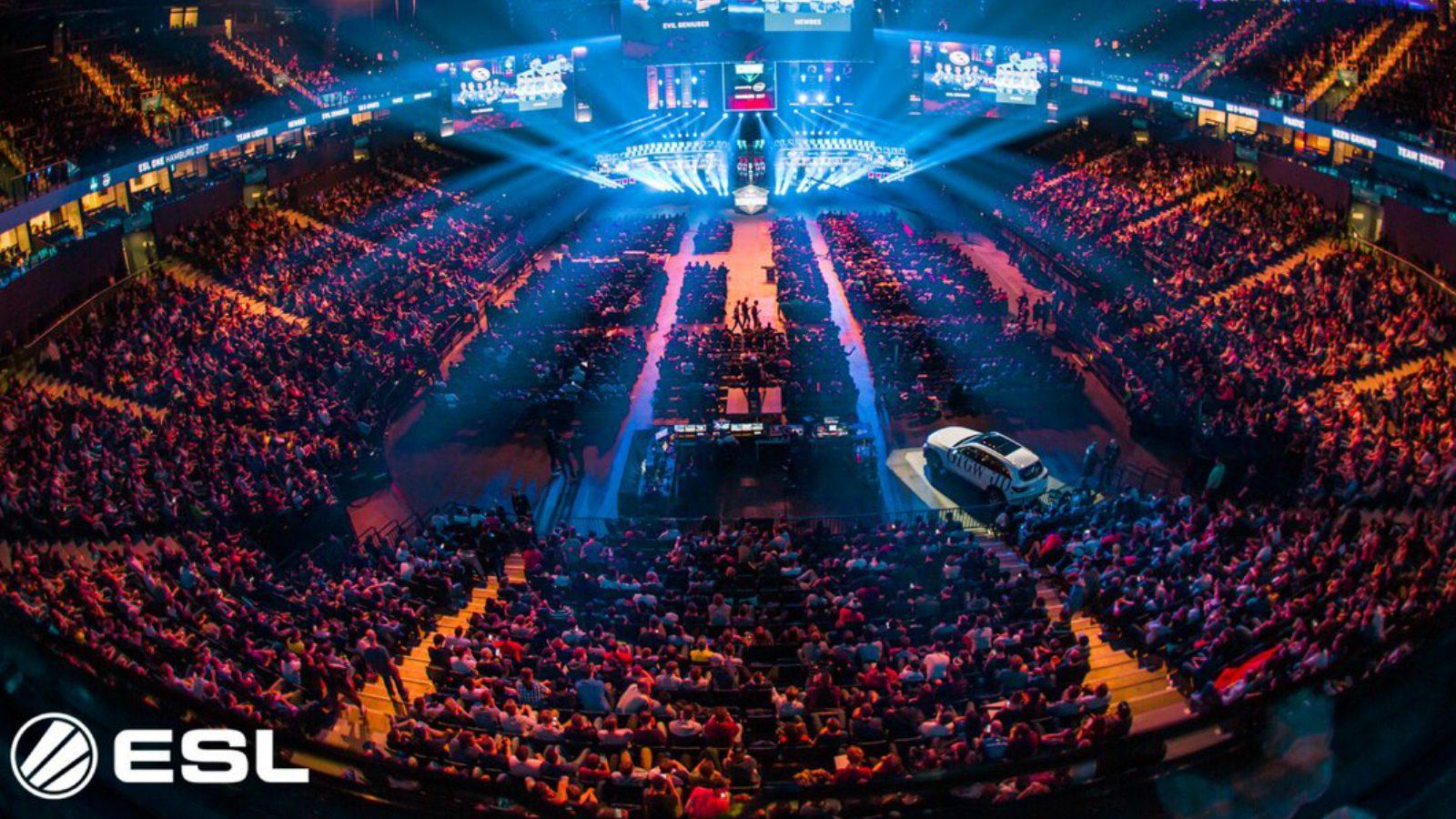 ESL
ESLRunning parallel to this was the creation of a new league, similarly wanting teams to commit to their vision. What we now know to be called Flashpoint had been in the works a while, a reworking of the PEA concept this time being handled with more community input. It promises bigger financial returns for teams and players, predicated on a $2 million buy-in for a league slot that also is guaranteed. In the end, for the top teams in the world it least, however good the deal may have been its primary function seems to have been leverage. Used to influence ESL to make some changes to their contract, to bolster some financial returns, in the end, it was always going to come down to “better the devil you know.” Had the league created a schism among the top twenty teams in the world, dividing them up into almost regionalised existences and only meeting at Valve sanctioned majors, the battle for exclusivity would have reached a new apex. Instead, Flashpoint must now demonstrate their concept works even without the partners they had hoped to attract, that their product is more entertaining than the button-down ESL broadcasts and that the resulting trickle-down revenue can turn second-tier organisations into ones that can leapfrog their more established rivals.
That is where we are now and it’s hard for me to express how I feel about it all. As a veteran of the years-long exclusivity wars, I cannot tell any more if my shifting perspective is because of fatigue. I am simply shellshocked and jaded? Or instead is it now the case that something that was wrong five years ago could be right now. And by “right” I, of course, mean the lesser of two evils because that is generally what all decisions boil down to when you lay everything out in front of you.
In 2015, when it all started, there was a fragility around the scene… The new influx of users that had been brought in by skins and the gambling attached to them were not dyed-in-the-wool esports fans necessarily. But the viewership jump as people wanted to watch the matches that would dictate whether or not their inventory would swell didn’t need this context attached to it in order to attract more sponsors. Broadcast deals were suddenly on the table too and players could start leveraging their excellence and their fanbase towards getting bigger salaries, some deserved, some not so much.
Had an exclusivity league been created at this point it would likely have been a disaster, a real-life example of killing the goose that laid the golden egg. In simple terms, while we had this newfound attention we had to convert as many of them into bona fide fans as possible. A backlash against the kiddy casinos was always coming, Valve were always going to have to act, these things were never sustainable. So if we had broken up the open circuit, a system that enabled tournament organizers to battle for sponsors that would pay for better production and, more importantly, one that saw the best teams play each other on a regular basis, we would have struggled to convert casuals at the rate we did. In that moment I agree with Valve it would have been a “dangerous experiment.”
In 2020 things are different. The influx of venture capital has done two things. It has turned owners into a two-tiered system, the haves and have-nots. It has also made a lot of the “haves” both lazy and stupid. This is why you will hear so much from them about how hard it is to monetize Counter-Strike while they simultaneously say nothing about all the money they have lost to buy a slot in the failing Overwatch League. This is why they want to try and push Counter-Strike leagues towards a franchise model, eliminating the worry of relegation and a need to constantly try and achieve excellence. While optimal, for this breed of owner it is no longer about winning, no matter what they say. It is about guaranteed financial returns and growth so one day, when they are bored of all this, they can sell their remaining shares for beyond their value and retire to a private island somewhere, laughing into their cocktails about how they got rich off video games.
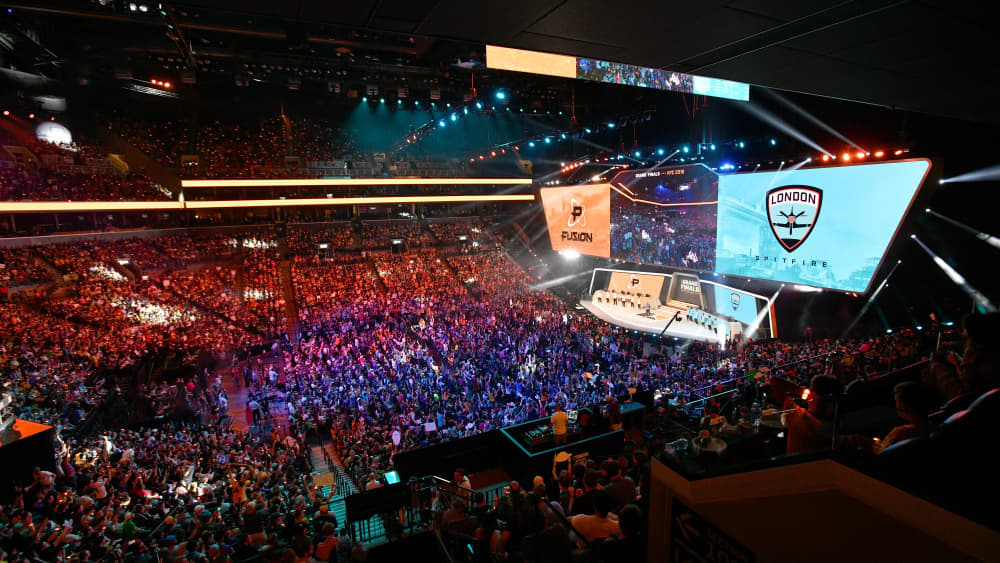 Blizzard Entertainment
Blizzard EntertainmentDespite this, it is worth noting that they do have something of a point. In a world where developers are letting you have a seat around the negotiation table, guaranteeing your participation in the league and promising you a fixed percentage of revenue returns, why on earth would you invest in Counter-Strike in that landscape? As the game continues to grow the costs for running a team have snowballed way faster than the scene should have ever allowed for. Player salaries are among the highest in any esport, yet no top tier organisation takes a cut from prize money or player/team streaming revenue. The circuit is filled with events, one every other weekend and some don’t cover travel or hotels for players. Team houses still seem to be vaguely popular despite no-one realising they are a cost-cutting measure rather than a luxury. Add to this the claim, exaggerated but containing some truth, that sponsors don’t want to be associated with a game that is about shooting terrorists trying to plant bombs and you can see why this new breed of owner would rather throw money into the stillborn Apex Legends.
I think all this is why my views changed. Not because I personally think that there is no way to successfully have a profitable Counter-Strike team without an exclusivity/franchise-style league in the space. It’s that I acknowledge that it in its current state it is so difficult the average esports owner would simply not care to try when there are a plethora of easier options out there. I’ve written before about how tier two North American organisations pulling out of CS is no big deal. Good riddance to them in fact. Unfortunately, the trend wasn’t stopping with the incompetent failures and was instead starting to spread further up. What scene would we have without these brands having teams? Even worse, what if they simply all agreed to never pay a player the type of salary they are used to again, electing instead to field lower-tier talent that was more cost-effective just to hit sponsor commitments?
That was what happened in the aftermath of CGS by the way. And yeah, it’s bloody tedious to have to mention that clown fiesta again but it is worth noting what happened in the aftermath. Players that suddenly had living salaries pulled away from them didn’t want to play for peanuts or free anymore. Many quit and got real jobs. Today many would just fall into streaming, something that wasn’t an option then. Some have already made life-changing amounts of money and simply could sit back and let their financial portfolio do the rest. It’d be a catastrophic reality and fans would stop watching competitive matches in droves. This, and I think only this, is the single way I could ever envision competitive Counter-Strike “dying” in the esports sense of the word.
When you look at it through this lens the two new leagues as they are might achieve something greater than they ever intended. While I have no doubt it was the secret desire of both parties to beat the other into submission, instead we have ended with two very disparate projects. The ESL Pro League will serve the net positive of letting these aforementioned owners the languid security they crave, encouraging them to stick around for longer than they might have without it. Flashpoint has created a financial framework for many of the newer and less competitive teams, giving them a space to grow and profit without being wailed upon by the big boys week in and week out. Remember, these types of teams were the first to throw in the towel when constant defeats saw them fail to build fanbases. Think of it like the newly relaunched XFL co-existing alongside the NFL. It couldn’t and didn’t work in 2001. So far the signs are positive it will work now.
So, for now at least, I am laying down my arms. It has been five long years of trying to make sure that the open circuit remained open. Five long years of burned bridges, scorched Earth, lost friends and lost money. That fight no longer feels practical or necessary. This year is either the start of something big or the end of something great.
